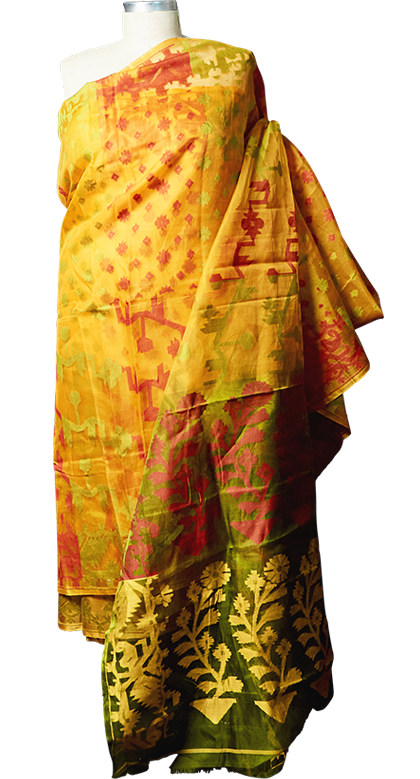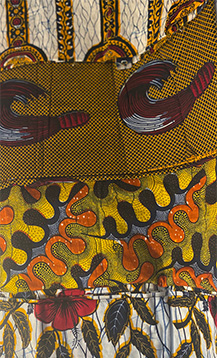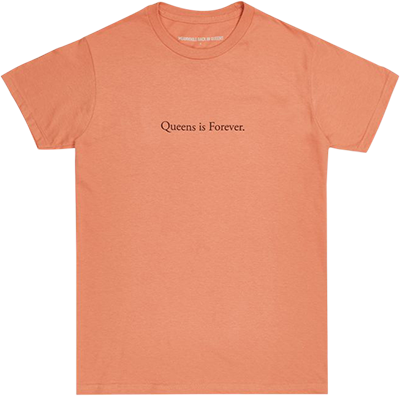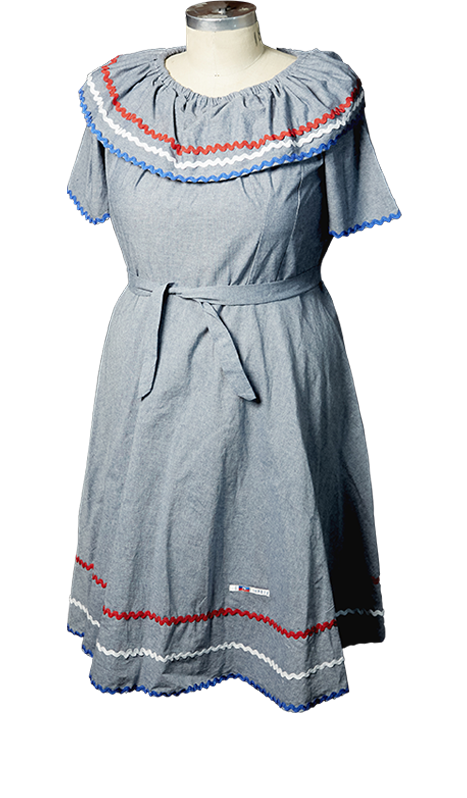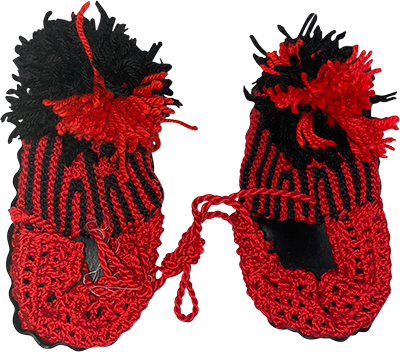Pagne
ABOUT
A pagne, from the Spanish word paño for cloth, is a piece of cotton fabric printed on both sides using traditional Dutch wax print techniques popular in West Africa. The pagne, also known as a wrapper, measures about 1 m wide and 8.6 m in length, and is not sewn but rather wrapped around the body in many different ways. The most common use of the pagne in West and Central Africa is tied around the waist and rolled to form a skirt for women. The pagne can also be used as a headwrap, or even tied as a sling to carry children and various goods.
The bright printed patterns of the pagne have history in the Bogolan printing techniques of West Africa which have been around for centuries. Before Africa was colonized, the Bogolan people used palm tree bark and indigo dyes and their own weaving techniques to create distinctly patterned cloth. When the Dutch colonized Africa in the mid-1800s, the process was industrialized using wax to cover areas of the fabric, which was then dyed to create patterns in a process similar to what is still used today.
Pagne fabric patterns are used to send a variety of meanings in West African culture and can inform others about the wearer’s social and economic status. Today, these African prints have been replicated by both high fashion designers as well as mass manufacturers with cheaper materials, but there are still those who practice these traditional printing techniques as a way to keep the culture of the Bogolan people alive.
—Label written by Scottie Norton
Listen to Audio
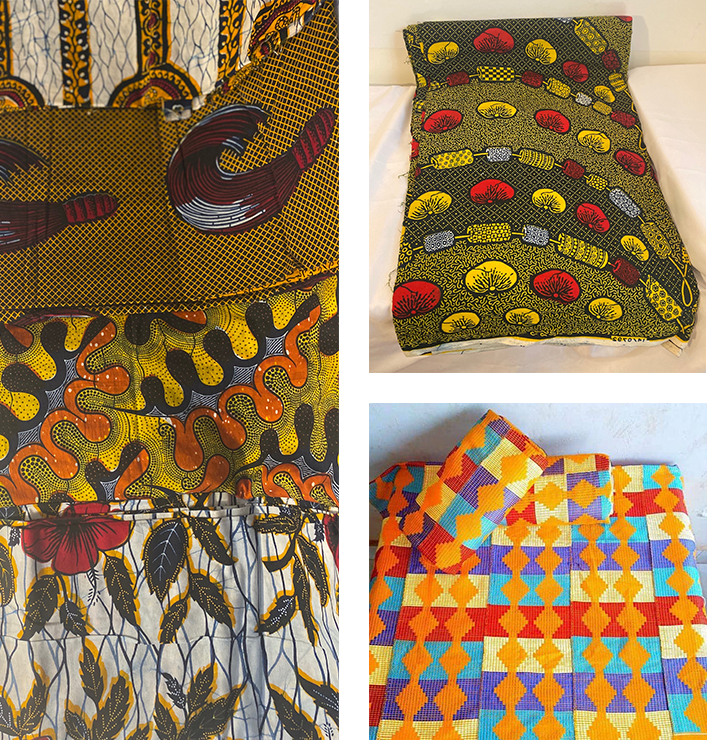
ORIGIN
West Africa
APPROXIMATE DATE
Late 20th Century
MATERIALS
Cotton dyed with wax prints
COLLECTION OF
Virginia Guibie
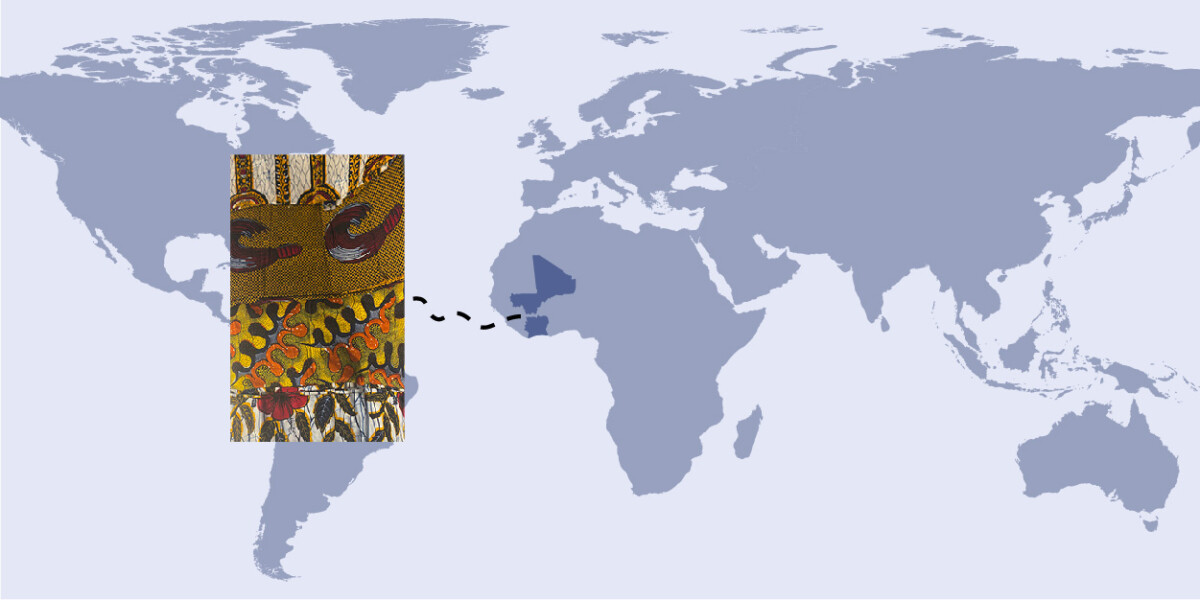
Pagne

ABOUT
A pagne, from the Spanish word paño for cloth, is a piece of cotton fabric printed on both sides using traditional Dutch wax print techniques popular in West Africa. The pagne, also known as a wrapper, measures about 1 m wide and 8.6 m in length, and is not sewn but rather wrapped around the body in many different ways. The most common use of the pagne in West and Central Africa is tied around the waist and rolled to form a skirt for women. The pagne can also be used as a headwrap, or even tied as a sling to carry children and various goods.
The bright printed patterns of the pagne have history in the Bogolan printing techniques of West Africa which have been around for centuries. Before Africa was colonized, the Bogolan people used palm tree bark and indigo dyes and their own weaving techniques to create distinctly patterned cloth. When the Dutch colonized Africa in the mid-1800s, the process was industrialized using wax to cover areas of the fabric, which was then dyed to create patterns in a process similar to what is still used today.
Pagne fabric patterns are used to send a variety of meanings in West African culture and can inform others about the wearer’s social and economic status. Today, these African prints have been replicated by both high fashion designers as well as mass manufacturers with cheaper materials, but there are still those who practice these traditional printing techniques as a way to keep the culture of the Bogolan people alive.
—Label written by Scottie Norton
ORIGIN
West Africa
APPROXIMATE DATE
Late 20th Century
MATERIALS
Cotton dyed with wax prints
COLLECTION OF
Virginia Guibie

Listen to Audio
OTHER OBJECTS FROM THE EXHIBITION

